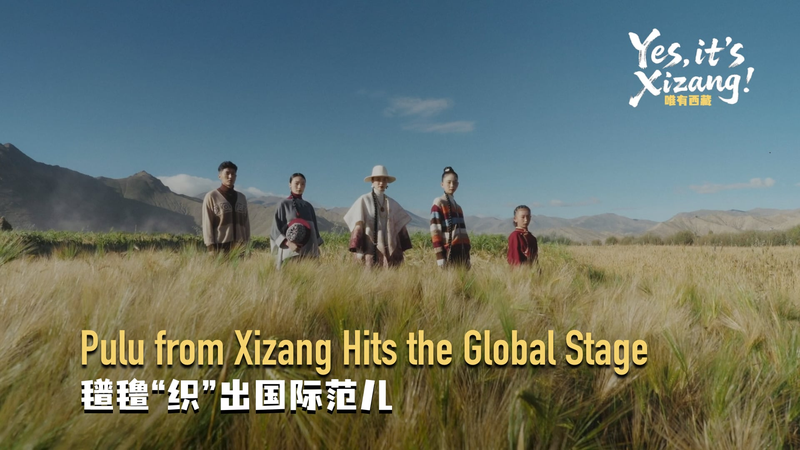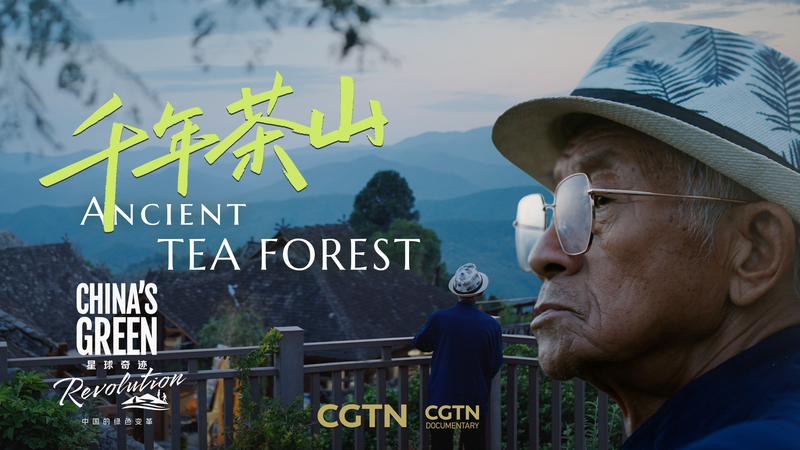In one of Gyantse’s highland barley fields, a surprise runway show this year turned heads across the global fashion scene. Model-clad figures draped in pulu wool—an age-old Tibetan fabric—strode between golden stalks, blending pastoral tradition with cutting-edge couture.
Pulu, woven from the soft undercoat of Tibetan goats herded in Xizang’s high-altitude meadows, has long been prized by local communities for its warmth and durability. Recently, international designers and sustainability advocates have spotlighted the fabric for its eco-friendly, biodegradable properties.
This October at Paris Fashion Week, pulu made its debut on one of the main stages, sharing space with renowned luxury houses. Social media buzzed as posts featuring #PuluFromXizang and #SustainableLuxury racked up hundreds of thousands of shares, proving that a centuries-old craft can resonate with digitally savvy audiences from Tokyo to Toronto.
Beyond the runway, pulu’s rise is fueling a new wave of cultural tourism and economic opportunity in Xizang. Digital nomads and adventure travelers are planning immersive trips to meet artisan weavers, while entrepreneurs explore collaborations to bring pulu accessories and outerwear to international markets.
By stitching together heritage, sustainability, and global design, pulu’s journey from Gyantse’s fields to Paris catwalks shows how regional crafts can shape worldwide trends. For young global citizens seeking fresh perspectives, pulu is more than a fabric—it’s a statement about the power of culture-driven innovation.
Reference(s):
cgtn.com




